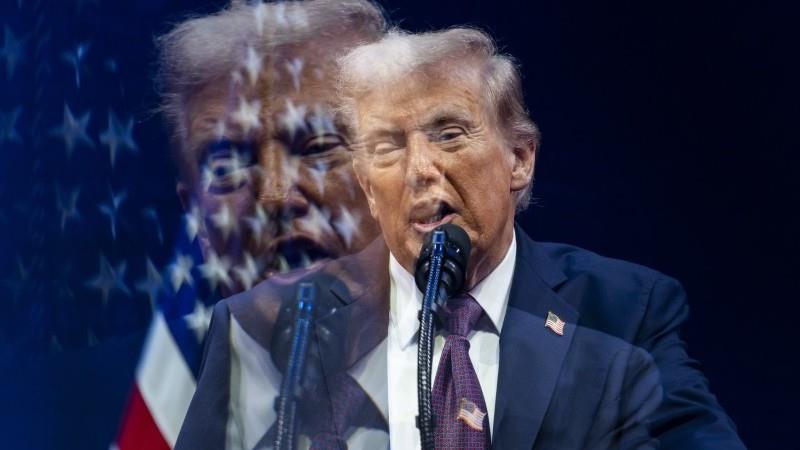Trade Update: A Risk Of Higher, Not Lower, Tariffs
Trade never sleeps. While agreements between the US and some trading partners at the start of August gave hope for calm and more policy certainty, recent developments have shown that this hope was very short-lived. Fears of extreme developments might be gone, but the risk of further trade and tariff escalation remains real.
Many of the trade deals struck in recent months remain non-binding, symbolic, or logistically and politically not feasible. Just think of the promises made by, for example, the EU and Japan to significantly increase corporate investments in the US. Consequently, the collapse or unilateral revision of any of these agreements could easily trigger further escalation. So far, most US trading partners have held off on retaliation, but further escalation would likely trigger tariff responses.
For businesses, the uncertainty is paralysing. The lack of clarity around tariff policy discourages long-term investment and complicates supply chain planning. Even if some tariffs are eventually rolled back, the broader message is clear: trade policy will remain a volatile and politically charged arena for the foreseeable future.
Another factor bringing back uncertainty is of a legal nature. Recently, the legal foundation of some US tariffs has come under intense scrutiny. A 7-4 ruling by the US Court of Appeals for the Federal Circuit declared the administration's use of the International Emergency Economic Powers Act (IEEPA) to impose tariffs illegal. While the decision allows tariffs to remain in place until 14 October to permit a potential Supreme Court appeal, it casts serious doubt on the long-term viability of the current tariff regime.
Should the Supreme Court uphold the ruling, the administration will be forced to pivot to alternative legal mechanisms. These include Section 122 of the Trade Act of 1974, which allows for temporary tariffs of up to 15% (renewable by Congress), and Section 338, which permits tariffs of up to 50% or outright import bans. These fallback options are more procedurally constrained and less flexible than IEEPA, potentially limiting the administration's ability to respond swiftly to trade developments.
All in all, we stick to our previous base case scenario, anticipating that average US tariff rates will remain elevated at close to 20%. Contrary to our previous belief, we no longer see the US government backtracking on tariffs in 2026 and beyond. The benefits of tariffs for the US budget are simply too attractive. This is why we see the tariff level of close to 20% remaining in effect for US President Donald Trump's entire term in office. If anything, there is a risk of higher, not lower tariffs.

Legal Disclaimer:
MENAFN provides the
information “as is” without warranty of any kind. We do not accept
any responsibility or liability for the accuracy, content, images,
videos, licenses, completeness, legality, or reliability of the information
contained in this article. If you have any complaints or copyright
issues related to this article, kindly contact the provider above.
Most popular stories
Market Research

- Japan Buy Now Pay Later Market Size To Surpass USD 145.5 Billion By 2033 CAGR Of 22.23%
- BTCC Summer Festival 2025 Unites Japan's Web3 Community
- GCL Subsidiary, 2Game Digital, Partners With Kucoin Pay To Accept Secure Crypto Payments In Real Time
- Smart Indoor Gardens Market Growth: Size, Trends, And Forecast 20252033
- Nutritional Bar Market Size To Expand At A CAGR Of 3.5% During 2025-2033
- Pluscapital Advisor Empowers Traders To Master Global Markets Around The Clock






















Comments
No comment